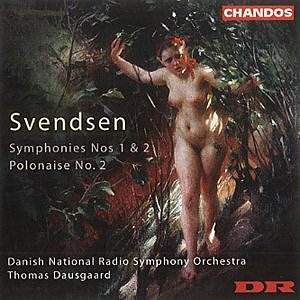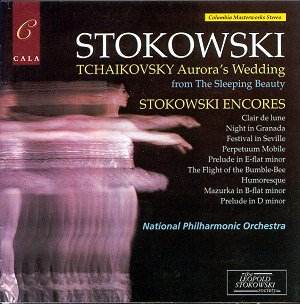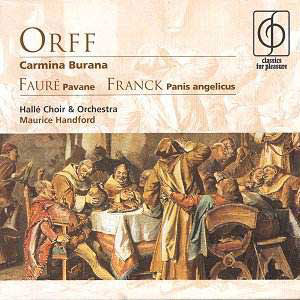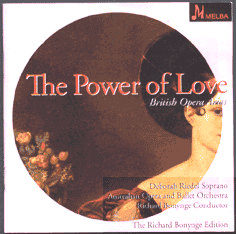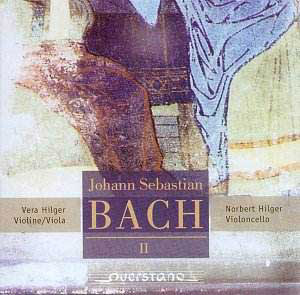 Composer: Johann Sebastian Bach
Composer: Johann Sebastian Bach
Works: Transcriptions II – French Overture BWV 831, French Suite No. 5 in G major BWV 816, Partita No. 2 in C minor BWV 826
Performers: Vera Hilger, violin, viola; Norbert Hilger, cello
Recording: September 2001, Taufkapelle der Peterskirche, Leipzig, Germany
Label: QUESTAND VKJK 0206 [72.41]
Bach’s music, characterized by its intricate counterpoint and emotional depth, has long been a fertile ground for transcriptions. The Hilger duo’s latest offering, Transcriptions II, extends their exploration of Bach’s keyboard works, drawing from the French Overture, French Suite, and Partita. These pieces, originally crafted for the harpsichord, are reimagined for violin and cello, a combination that inherently alters their texture but also allows for an intimate dialogue between the instruments. The historical context of these works adds layers to their interpretation; the French Overture, for instance, reflects the stylistic influences of the French court and embodies a blend of grandeur and grace that challenges the performers to balance both.
The opening work, the B minor French Overture, sets a somber tone from the outset. The cello’s rich, resonant voice creates a dark foundation, while the violin’s double stops evoke a sense of polyphony that is more pronounced than in previous recordings. However, the engineering choices diminish this effect somewhat; the recording exhibits a noticeable reverb that muddies the clarity of the instruments, particularly in the slower sections. Tempo choices in movements like the sarabande tend to drag, detracting from the overall momentum and cohesion of the performance. The Hilgers seem to be exploring new interpretative avenues, yet at times they stray too far from the organic flow established in their first recording, where the essence of Bach’s keyboard music was more vividly realized.
Despite these concerns, there are moments of true brilliance, particularly in the allemande of the G major French Suite. Here, the interplay between violin and cello achieves a remarkable synergy, allowing the listener to forget that these lines were not originally conceived for strings. The articulation and phrasing in this movement are exemplary, showcasing the nuanced communication between the two musicians. Conversely, the Partita No. 2 reveals inconsistencies; the opening double-stops falter, with the violin occasionally wandering off-key, a stark contrast to the precision displayed in the more vigorous movements like the bourrées and gigue. Such fluctuations in technical execution underscore the challenges inherent in transcribing keyboard works for strings, where the subtleties of Bach’s counterpoint can sometimes be lost or obscured.
While the recording does showcase some intriguing interpretative insights, it ultimately suffers from unevenness in execution and sound quality. Comparisons to other recordings, such as those by renowned ensembles like the Emerson String Quartet or the violin and cello duo of L. Berio and A. Janigro, highlight how the Hilgers’ interpretations, while offering fresh perspectives, do not yet fully capture the vibrancy of the original keyboard compositions.
This disc shines a light on Bach’s music from a new angle, revealing both the potential and the pitfalls of transcription. The Hilgers’ endeavor is commendable, and their ability to breathe new life into these works is evident, but the execution requires a more consistent technical command and clarity in sound to achieve the heights that Bach’s music inherently offers. The exploration of these transcriptions is a worthwhile undertaking, yet one that would benefit from further refinement in interpretation and performance.
